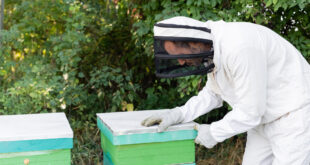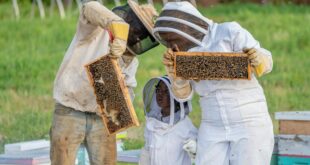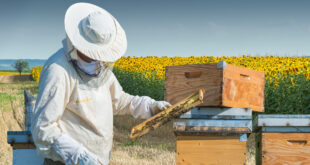New beekeepers entering beekeeping over the years bring with them technology and cause beekeeping to take many great steps forward. This article compares apiary management software to help you choose the best for your beekeeping operation. The best software used in apiary management gives you information and reminders for activities you should carry out. It also needs to be easy to use and available in various methods across devices, both online and offline. Both beginner and experienced beekeepers should be able to use the software with no difficulties. We evaluate the best and most popular apiary management software available to beekeepers based on these and more criteria.
Read More »Help Your Child Start a Honeybee-Based Business With These Tips
Turning a hobby into a business is a great way to earn extra money by doing something you love, and it’s not just an option for adults. For kids who enjoy homesteading activities such as growing food or keeping bees, there are several opportunities for becoming an entrepreneur and learning …
Read More »From Hive to Highlight: Leveraging Local SEO for Your Beekeeping Business
Embarking on the journey of enhancing your beekeeping business’ online presence through local SEO is both exciting and rewarding. This article will walk you through step-by-step so you can be sure that any experience level can find something of value to enhance their business. Here is a structured method of …
Read More »Sweet Success: Digital Marketing Strategies for the Honey Business
In the dynamic honey market, standing out requires more than just quality products; it demands a strategic approach to digital marketing. This guide lays out clear, actionable steps that'll help your honey biz shine online—not just survive but truly stand out.
Read More »Frequently Asked Questions About Beekeeping
Curious about beekeeping? Our latest article answers all your FAQs, from hive setup to honey harvesting. Whether you're a beginner or seasoned beekeeper, dive into the world of buzzing wonders! #Beekeeping101 #SustainableLiving #BeeCare
Read More » BeeKeepClub Resources and Guides for Beekeepers
BeeKeepClub Resources and Guides for Beekeepers





